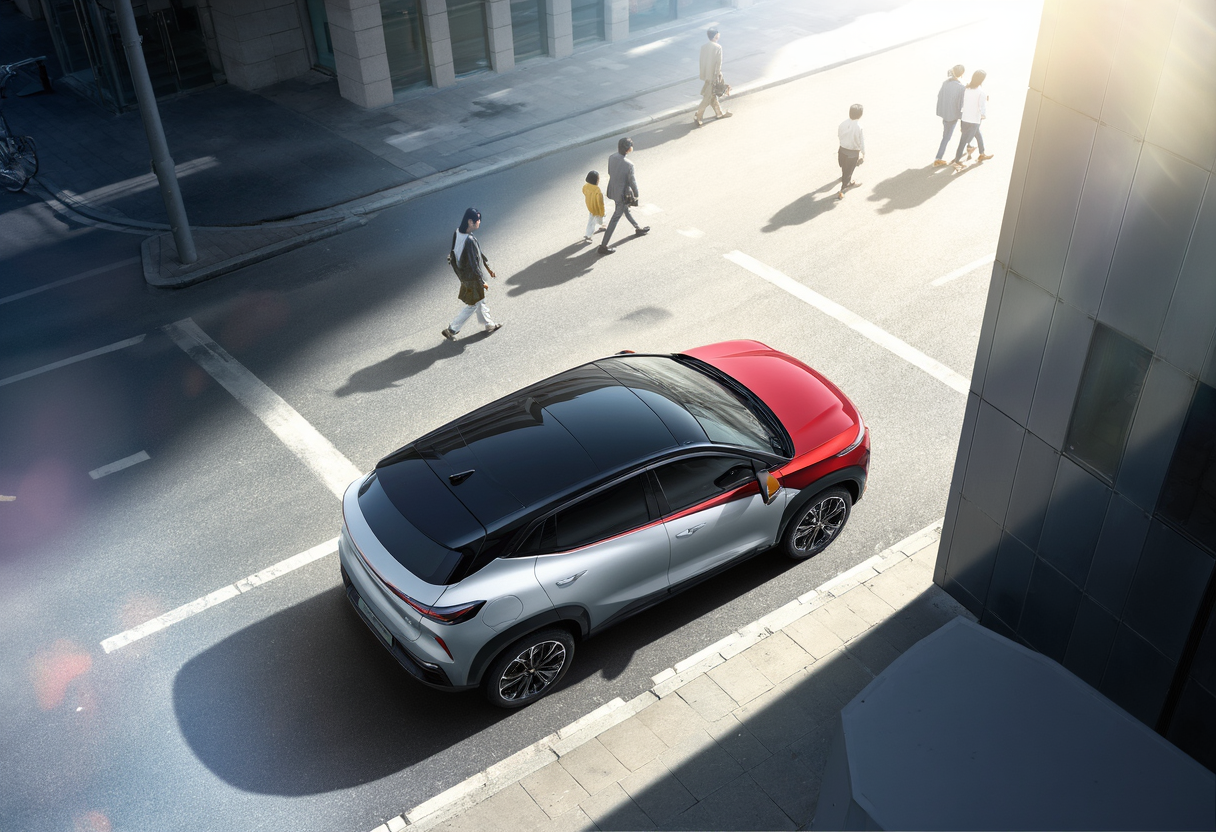SUV Cars: Are They Really the Future of Driving?
SUV cars have surged in popularity in recent years, sparking discussions about the future of personal transportation. This article examines the reasons behind their growing appeal, the implications for the automotive market, and how consumer preferences are evolving. We delve into the features that make SUV cars irresistible to buyers and what this trend means for car manufacturers and the environment. Is the SUV the ultimate vehicle for modern living? Join us as we explore this fascinating topic.
The Allure of SUV Cars in Modern Transportation
In the fast-evolving landscape of the automotive industry, SUV cars have captured the imaginations of consumers, making them one of the most sought-after vehicle types. The unique blend of performance, space, and style sets these vehicles apart from traditional sedans and hatchbacks. Many buyers are drawn to the high driving position that SUV cars provide, offering enhanced visibility and a robust presence on the road. The practicality of these vehicles makes them highly appealing to families and individuals alike, as they can accommodate both daily errands and weekend adventures. Additionally, the variety of SUV cars available ensures that there is a model suitable for every taste, from luxurious options to efficient compact crossovers. As more consumers begin to prioritize comfort and accessibility in their choice of car, the demand for SUV cars continues to soar. It’s clear to see how this vehicle type not only fulfills functional needs but also embodies a lifestyle choice for many buyers.
The Impact of Technology on SUV Cars
One of the pivotal reasons for the growing popularity of SUV cars is the advanced technology that modern models feature. Today's SUV cars are equipped with cutting-edge infotainment systems, safety features, and fuel-efficient engines that elevate the driving experience. For example, the integration of smartphone connectivity allows drivers to seamlessly sync their devices with the vehicle, providing access to navigation and entertainment options at their fingertips. Furthermore, many SUV cars come armed with driver assistance technologies that enhance safety and confidence on the road. The commitment to making these vehicles as user-friendly and enjoyable as possible is attracting a discerning consumer base focused on quality. Additionally, emerging technologies such as hybrid and electric powertrains are becoming common in SUV cars, providing environmentally-conscious consumers with alternative options. As the automotive landscape continues to shift towards increased technological integration, SUV cars will undoubtedly lead the charge.
SUV Cars and the Changing Automotive Market
The impact of SUV cars extends beyond consumer preferences; it is significantly shaping the automotive market as a whole. Car manufacturers are reallocating resources to prioritize SUV production, often at the expense of traditional sedan models. This strategic shift is seen as a response to consumer demand patterns that increasingly favor larger and versatile vehicles. Consequently, the market is saturated with various SUV models, creating fierce competition among brands, which ultimately benefits the consumer through better pricing and features. As consumers become more discerning, automakers are incentivized to innovate, pushing the envelope in terms of design, performance, and sustainability. This competitive environment is likely to lead to further advancements in SUV technology, enabling consumers to make well-informed choices. Indeed, the future of the automotive market seems to hinge on the ongoing evolution of SUV cars.
Challenges and Considerations for SUV Cars
While the rise of SUV cars is remarkable, it also highlights several challenges that need addressing. One significant concern is environmental; larger vehicles tend to have higher emissions compared to smaller cars, prompting a need for manufacturers to develop more eco-friendly solutions. Many SUV cars are now designed with improved fuel efficiency in mind, yet there remains a stigma about their environmental impact. Developing electrified versions of SUV cars is a crucial step in mitigating these concerns, making strides towards a more sustainable future for the automotive industry. Another challenge lies in urban environments where space can be a premium, the size of SUV cars may pose parking and maneuverability issues. Hence, automakers must find ways to optimize space without sacrificing the features that make SUV cars desirable. Balancing consumer needs with environmental responsibility and urban practicality will be the true test for manufacturers tasked with meeting the demands of the modern consumer.
Conclusion: The Future Trajectory of SUV Cars
The rise of SUV cars is indicative of a significant transformation within the automotive sector, driven by changing consumer needs and technological innovation. As visibility, versatility, and consumer assurance remain top priorities, these vehicles are furthering their hold on the market, capturing the attention of consumers across various demographics. The trend toward SUV cars suggests that they will remain a dominant force in the future of driving, catering to both personal and recreational travel. Yet, as societal values lean towards sustainability and environmental awareness, the automotive industry is challenged to keep pace with consumer expectations. Ultimately, the trajectory of SUV cars will hinge on manufacturers' ability to innovate while considering ecological impacts, ensuring their continued relevance in the years to come. In summary, SUV cars encapsulate a remarkable blend of practicality and allure, making them an undeniable feature of modern transportation.
